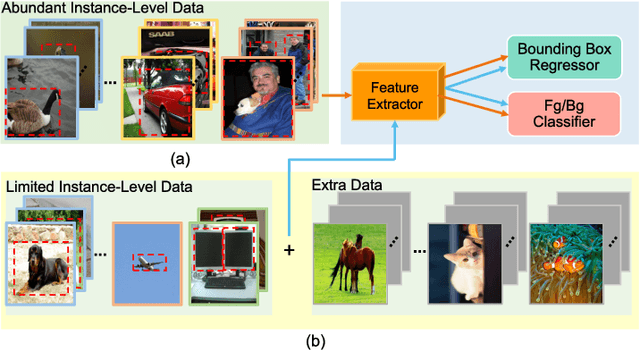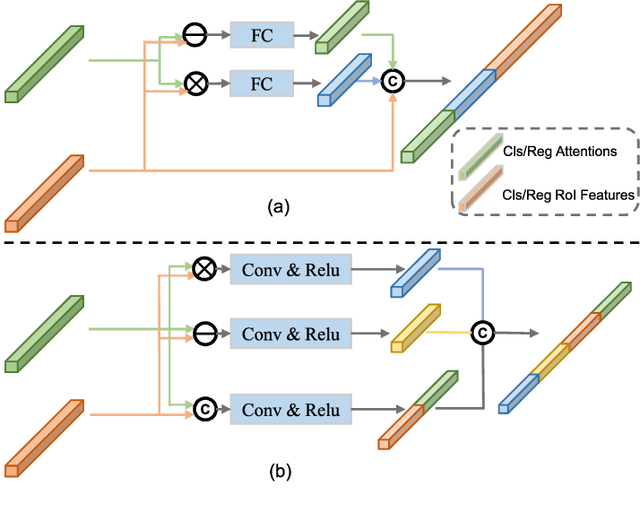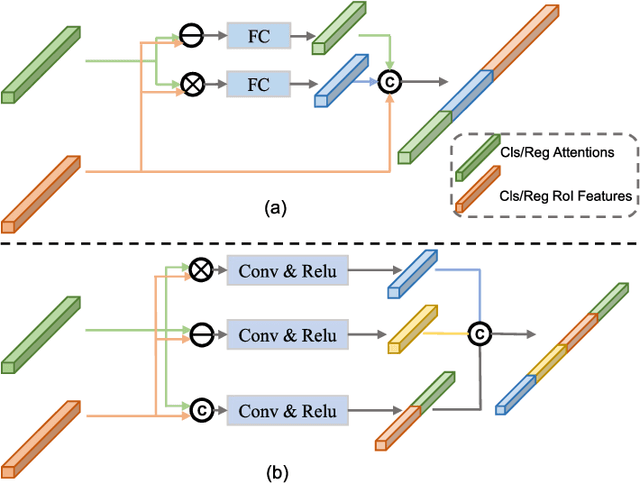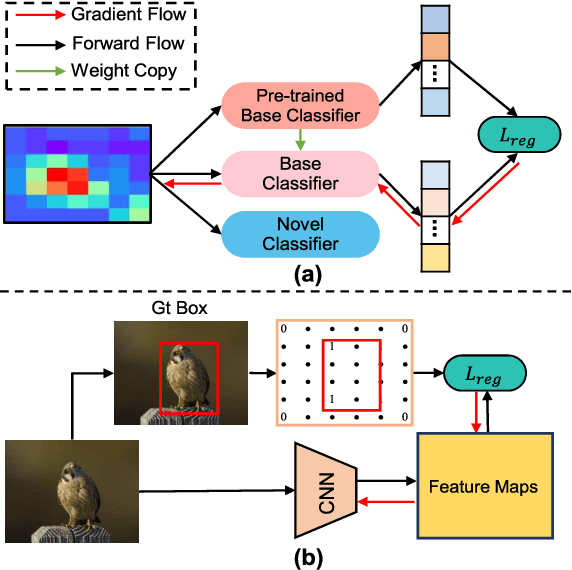A Comparative Review of Recent Few-Shot Object Detection Algorithms
Paper and Code
Oct 30, 2021



Few-shot object detection, learning to adapt to the novel classes with a few labeled data, is an imperative and long-lasting problem due to the inherent long-tail distribution of real-world data and the urgent demands to cut costs of data collection and annotation. Recently, some studies have explored how to use implicit cues in extra datasets without target-domain supervision to help few-shot detectors refine robust task notions. This survey provides a comprehensive overview from current classic and latest achievements for few-shot object detection to future research expectations from manifold perspectives. In particular, we first propose a data-based taxonomy of the training data and the form of corresponding supervision which are accessed during the training stage. Following this taxonomy, we present a significant review of the formal definition, main challenges, benchmark datasets, evaluation metrics, and learning strategies. In addition, we present a detailed investigation of how to interplay the object detection methods to develop this issue systematically. Finally, we conclude with the current status of few-shot object detection, along with potential research directions for this field.
 Add to Chrome
Add to Chrome Add to Firefox
Add to Firefox Add to Edge
Add to Edge